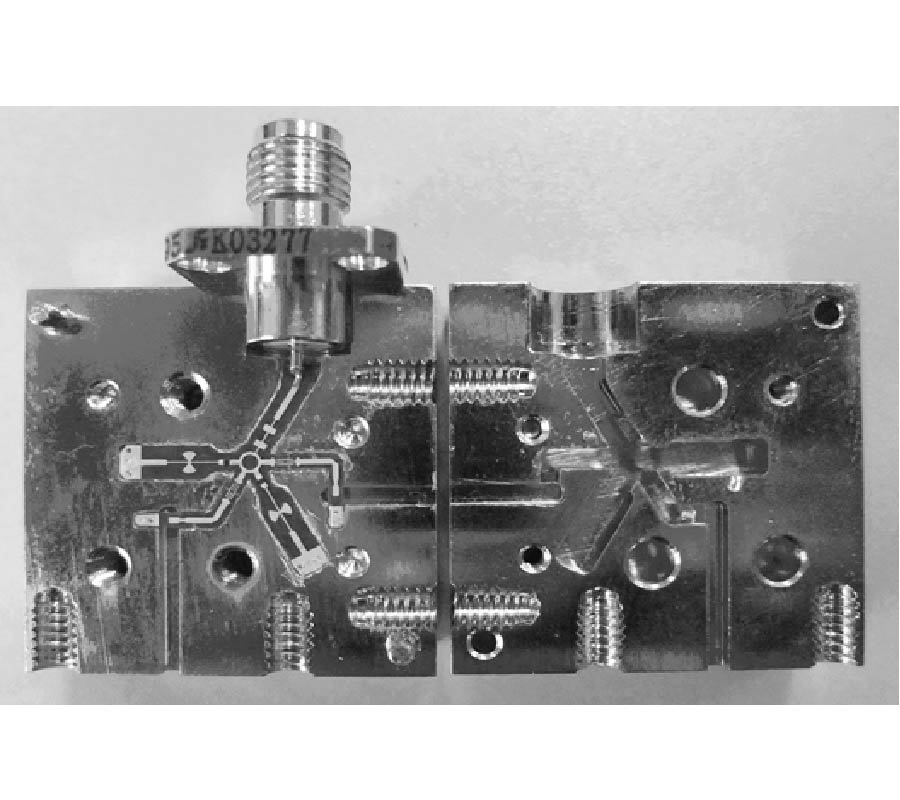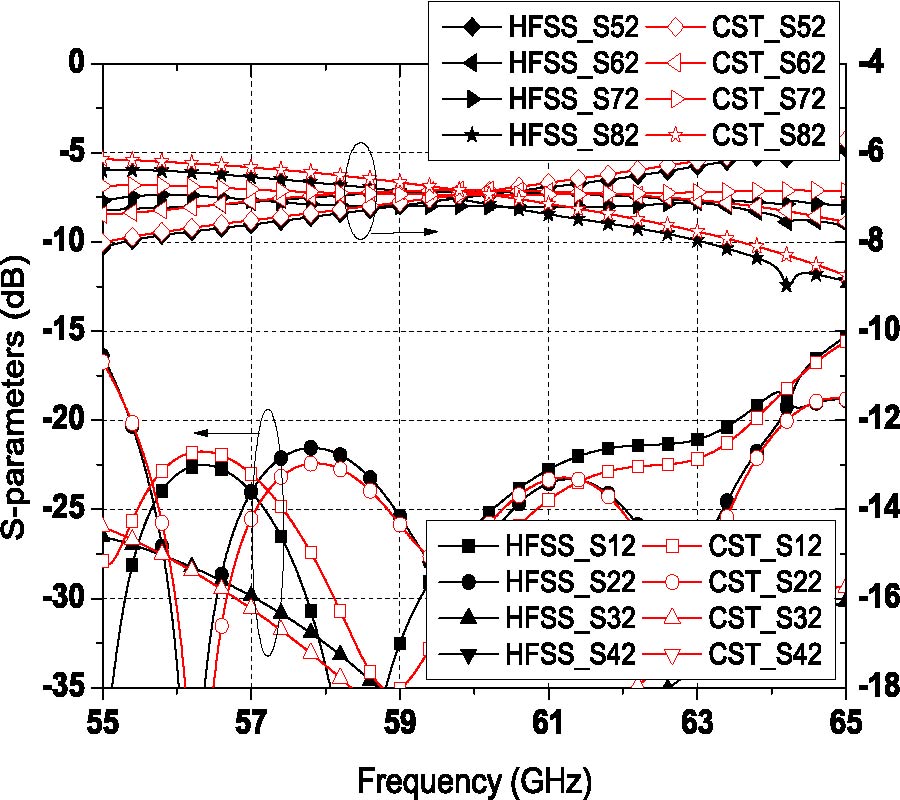2011-05-27 Latest Published
By Julan Xie
Zi-Shu He
Hui-Yong Li
Progress In Electromagnetics Research C, Vol. 21, 257-271, 2011
Abstract
Based on the beamspace transform and the rank reduction theory (RARE), a fast direction of arrival (DOA) estimation algorithm in the presence of an unknown mutual coupling is proposed for uniform circular arrays (UCAs). Via relying on the circular symmetry and expand the mutual coupling into a limited number of phase modes, the azimuth estimates are able to be obtained without the exact knowledge of mutual coupling. Then, by using the special structure of mutual coupling matrix and the characteristic of mutual coupling coefficients, the elimination of spurious estimates and estimations of the mutual coupling coefficients are able to be handled simultaneously. The Propagator Method (PM) is used to avoid the eigenvalue decomposition and its corresponding RARE matrix allows decreasing the computation cost via using a well known identity for block matrices. Moreover, an implementation of rooting polynomial substitutes the one-dimension search. Therefore, the computation burden is greatly reduced. Numerical examples are presented to demonstrate the effectiveness of the proposed method.



















